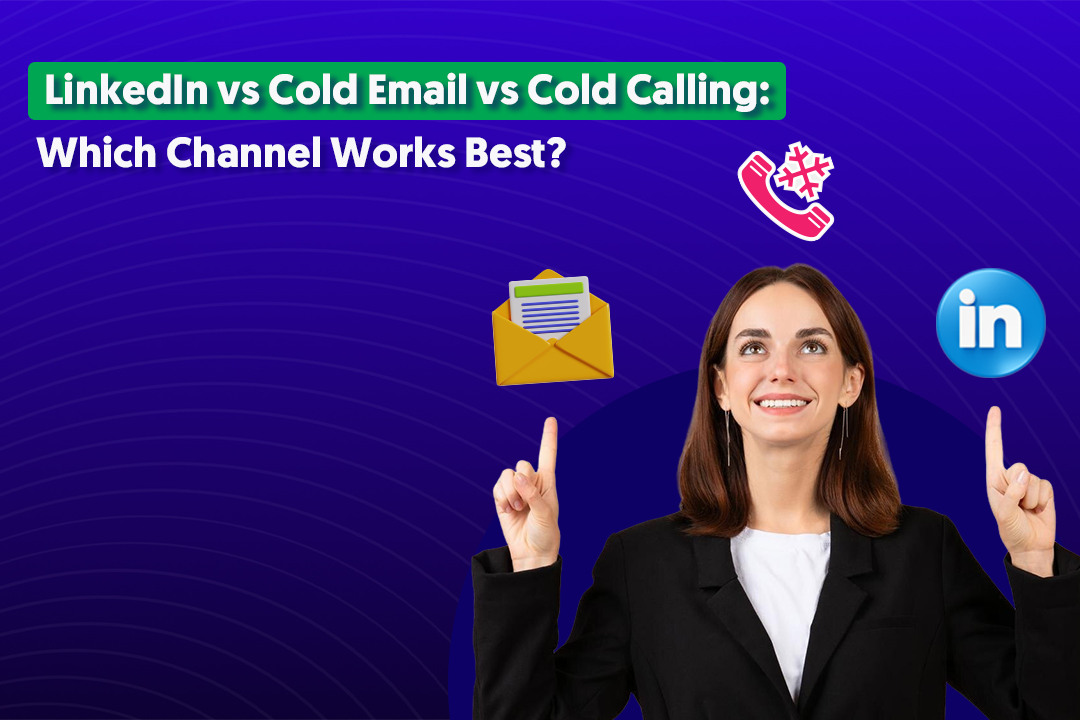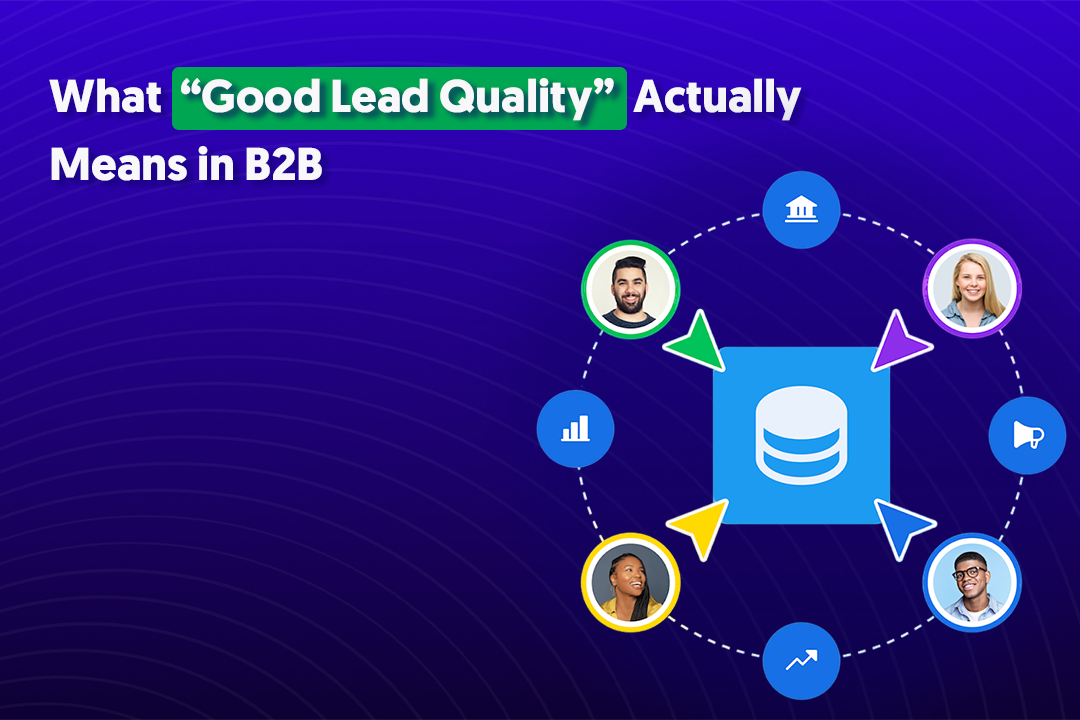With over 200 million websites active today, companies need a lot more than a basic webpage to stand out and attract an audience. Landing pages and microsites are some of the advanced tools that businesses use to build their brands online and increase their conversions.
On the surface, there might not seem to be big differecnes when it comes to a landing pages vs microsite. They’re both separate pages from the primary site, built with a specific focus, and intended to inspire action from the audience.
Despite the similarities, these pages have significant differences and are mostly used for different purposes.
Read on to find out what kind of differecnes a landing page vs microsites can make for your business.

What Is a Landing Page?
A landing page is a standalone web page specifically designed to make the user take an action when they click from an ad, email, or other digital sources. The sole purpose of a landing page is to convert leads, whether by purchasing, downloading, signing up or any other CTA (call to action) you’ve provided.
Uses of a Landing Page
Some of the uses of landing pages include:
- Signing up for an email list
- Free trials
- Event promotion and registration
- Free downloads for resources like ebooks and white papers
Benefits and Shortcomings of Landing Pages
Since landing pages can be hosted on the primary site’s domain, they are relatively inexpensive and easier to build, compared to microsites. This also means that designing and deploying them is simpler and faster.
However, because of the hyper-focus of landing pages, they aren’t as engaging as other web pages and may not offer much information to your audience.
What Is a Microsite?
A microsite, also called a minisite, is a separate web page or a group of pages designed to provide more information on a specific topic or promote a product or event.
While a microsite can have its independent URL, it can also be implemented as a sub-domain of the brand’s main website, such as "microsite.mainwebsite.com."
They are often temporary websites that are taken down once the campaign is over or the information is no longer relevant.
Uses of a Microsite
Some of the uses of minisites include:
- Promoting a product or counting down to a product release
- Marketing an upcoming event
- Educating the audience on a specific topic
- Testing out new domains, branding styles, content, etc.
Benefits and Shortcomings of Microsites
Microsites that allow users to navigate multiple pages increase the time spent on the site, reducing bounce rate in the long run. They are engaging and informative and are excellent tools for building brand image and loyalty.
However, microsites are more expensive, take more time to build, and require heavier maintenance compared to landing sites. Calculating the return on investment (ROI) from microsites can also be a challenge, and having different sites from the primary site may confuse customers already used to the primary site.
So What About a Landing Page vs Microsite?
The key difference between a landing page and a microsite is their purpose. Landing pages are highly oriented towards driving conversions, while microsites are often used for marketing and generating brand awareness.
Both landing pages and microsites cause a positive impact on your brand, but in different ways. While a landing page might bring in more conversions, they do little brand building and may not give detailed insights into the audience. Microsites are excellent for these, but may not bring as many conversions as a landing page can.
Choosing a Landing Page vs Microsite
The choice between whether to use a landing page or a microsite depends on your objectives. If you’re looking to convert your site’s visitors into prospects, a landing page is the tool for you.
On the other hand, if you’re looking to increase brand awareness, get more engagement or educate your audience, microsites are for you.
Your budget may also affect your choice. Microsites typically require more upfront investment to get up and running compared to landing pages, which might not be possible on a strained budget.
Most companies, however, find out that they often need to combine microsites and landing pages when developing their online presence.
As your marketing goals change, both microsites and landing pages can be useful assets in your toolkit throughout the year.
Need Help?
If you'd like more information around the differences of a landing page vs microsite, Cleverly can explain the pros and cons based on your specific business goals.
Moreover, we build and maintain high-quality landing pages and microsites, and would be intereted to see if we can help you reach your specific KPIs (key performance indicators).
Feel free to contact us for a free consultation today.





